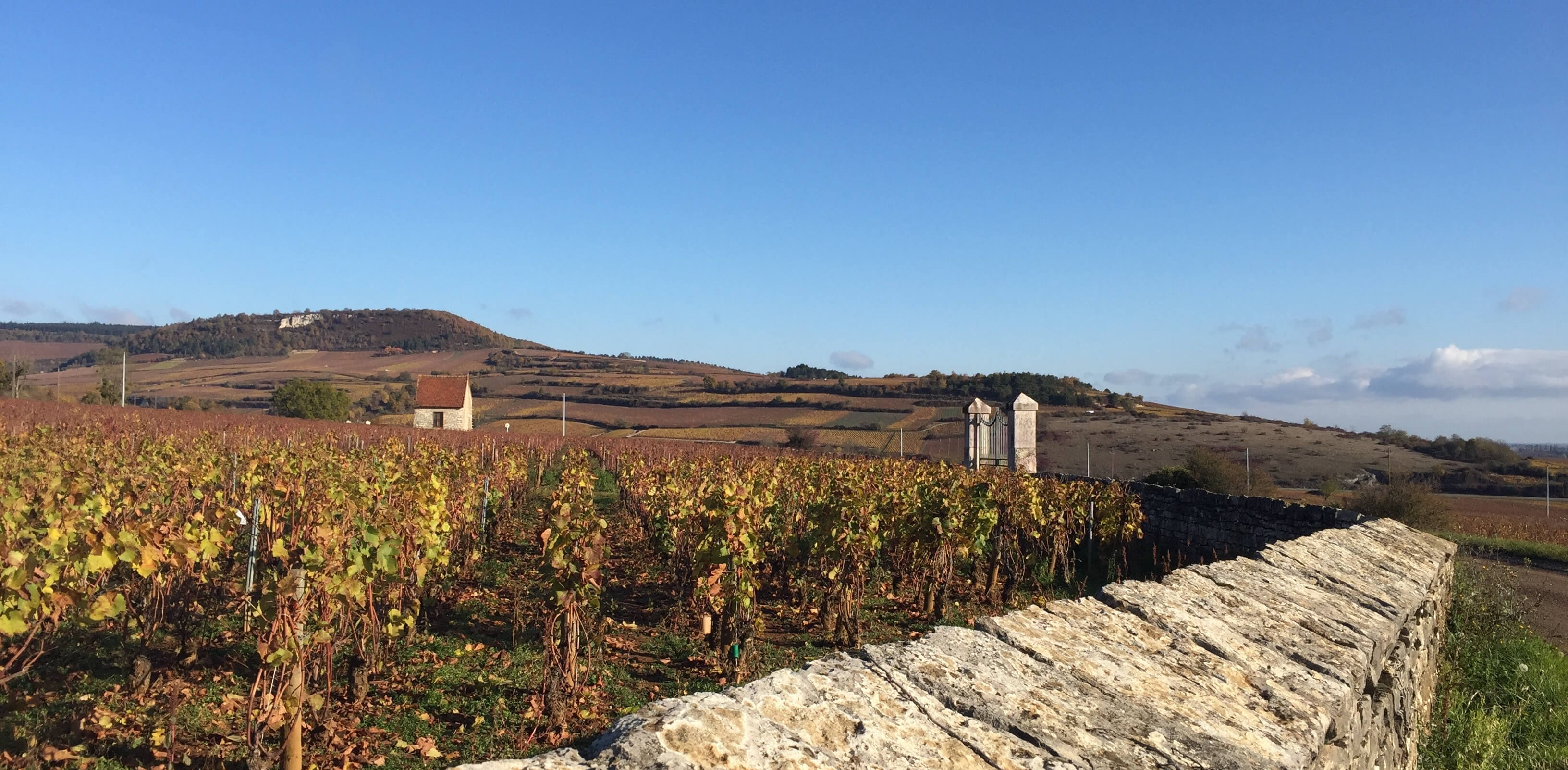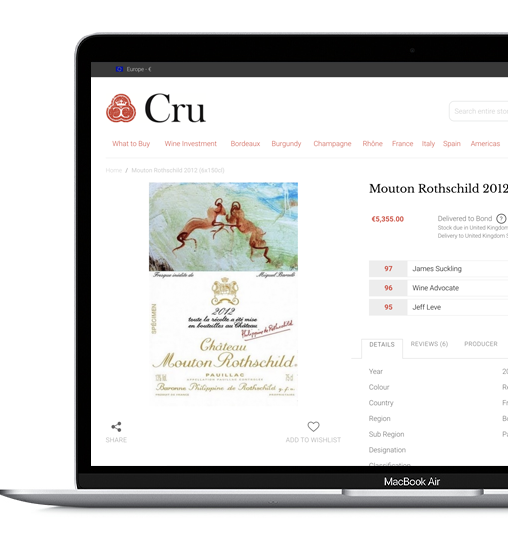

We are off to the Côte d’Or next week for our annual En Primeur trip to get a feel for the wines in barrel, so as ever now is the time to sum up what we know already of the vintage at hand. We will speak more to the quality of the wines after we’ve had a chance to taste them ourselves but the conditions are well established and by all accounts they are extremely promising.
Decanter posted their own write up of the vintage’s conditions with the tantalising headline “A vintage to rival the mythical 2018?” attributing the comparison to négociant, Phillippe Pacalet. Using more measured language, Bureau Interprofessionnel des Vins de Bourgogne described the vintage as “ideal.” Discussions of Burgundy are not often given to the same hyperbole as Bordeaux can be, where every vintage seems to be billed as the vintage of the century and so we tend to take statements like that more seriously.
Burgundy has had its fair share of very good and great vintages lately but they have often come at a price. 2014 was the legendary white wine vintage, 2015 much better for the reds and 2016 was great for both but with punishingly low yields. 2017 was a soft vintage that has produced some very pleasing wines indeed, though not necessarily with the concentration that marks the best vintages. 2018, on the other hand seems likely to possess concentration by the bucket load.
_
“2018 was the hottest vintage since 2003 as well as a very dry one.”
_
Those of us in Northern Europe can recall all too clearly just how hot 2018 was. For Burgundy it was the hottest vintage since 2003 as well as a very dry one, with half the average rainfall. That lead to some very high potential alcohol levels, which means that decisions needed to be made as to how to manage them, with many option for acidification; a rare practice in the region.
These conditions of course bode well for the longevity and intensity of the wines, with the reds likely to benefit more than the whites. That being said 2015 was a similarly red-favouring vintage and yet we found many whites to buck the trend, so we will be looking for pleasant surprises in this department. One thing we have learned over the past few years of travelling to Burgundy is that many early assumptions are proven wrong when you have the wine in your glass.
The indisputable benefit to the region, especially following on from a run of frost and hail-afflicted vintages, is that 2018 is the second full crop in a row. 2017 was the first full-sized harvest since 2009, so to have good yields two years running is a much needed tonic for both the growers and the consumers. We will keep you posted throughout the week ahead to give you a feel for the vintage as we develop a clearer picture ourselves.
With rising awareness for whisky as an investment class, rare bottles command prices at auction rivalled only by historic vintages of blue-chip Burgundy, you’d have to be mad not to see the potential in Scotland’s most famous export.



















